Deep underground within the vast volcanic desert of Harrat Khaybar in Saudi Arabia lay the mysterious “lava tubes” of Umm Jirsan.
For decades, researchers have studied the natural formation of this incredible underground system, but now, they’ve found something absolutely amazing: proof that ancient humans actually lived in these dark, winding tunnels.
The Umm Jirsam Lava Tube System
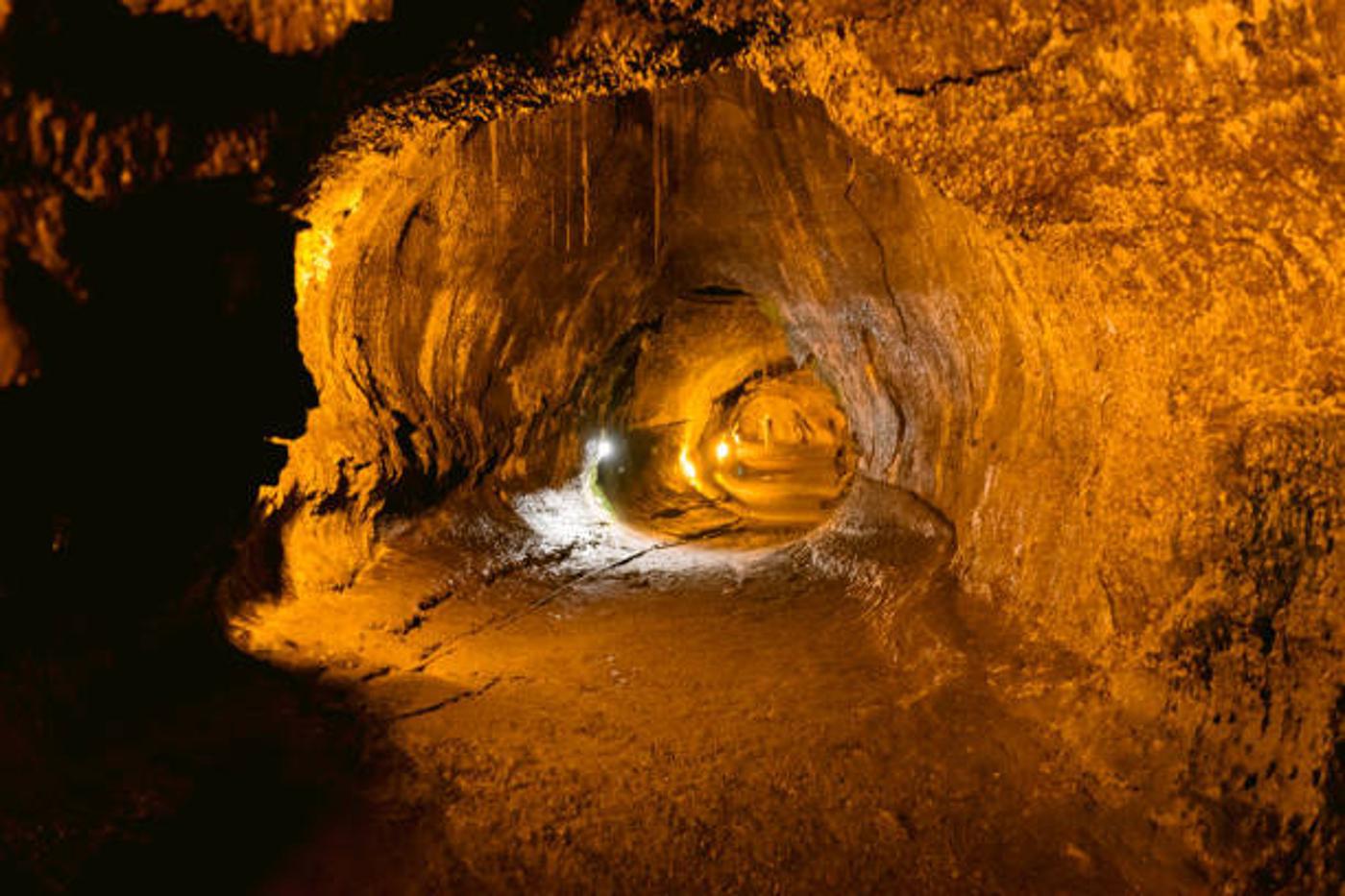
People from all over the world travel to Saudi Arabia in order to explore the unique and breathtaking Umm Jirsan tunnels.
The 5,000 feet of underground canals, most often referred to as “lava tubes,” were formed millions of years ago by an enormous volcanic eruption in which flowing lava ripped through the ground below the desert.
Little Evidence Exists of the People in Harrat Khaybar
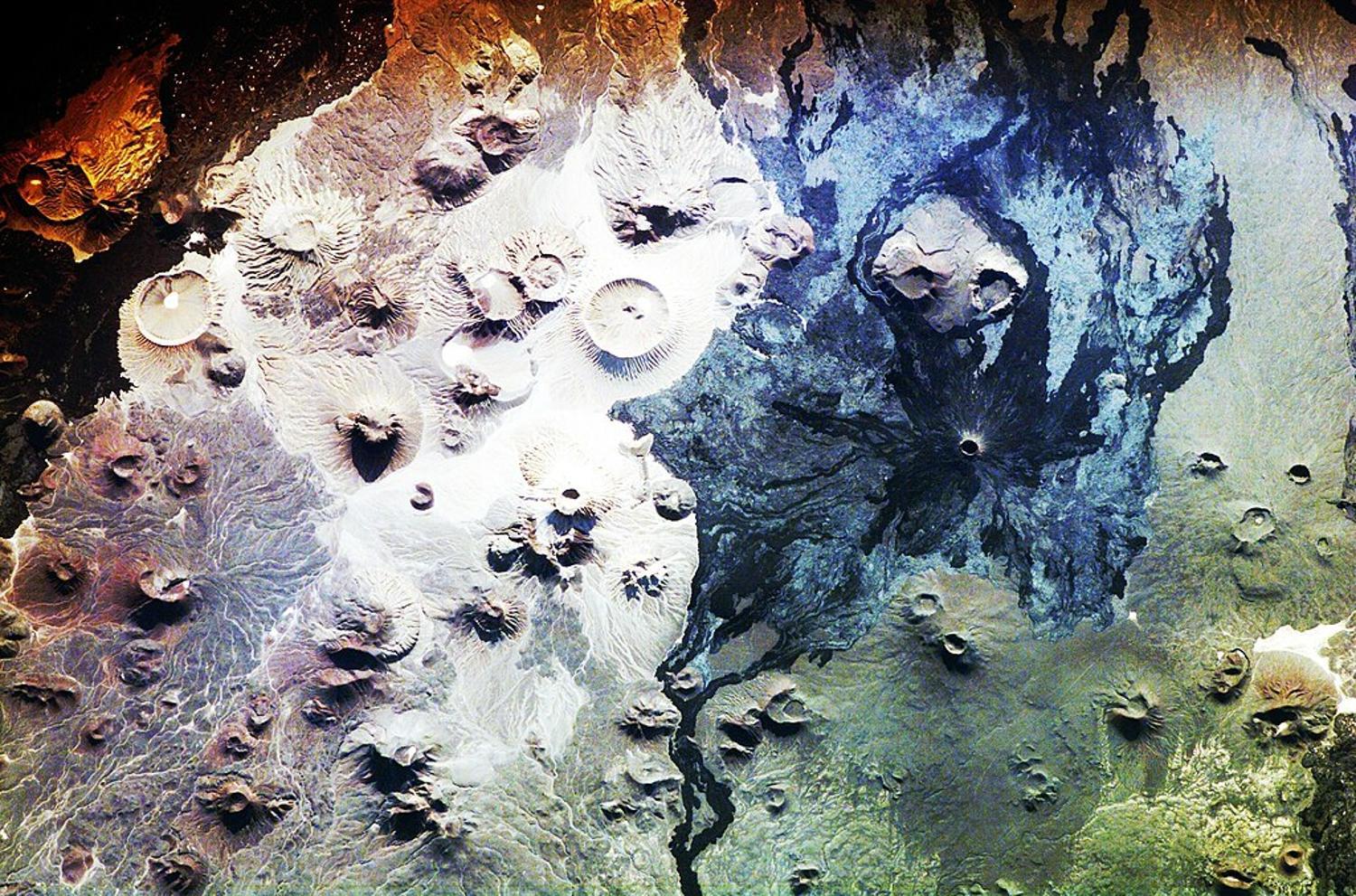
Researchers have long understood that ancient humans lived in the northern desert of Harrat Khaybar above the now-famous lava tubes during the Neolithic and Bronze Ages.
However, scientists know almost nothing about these people, including how they lived, how many humans resided here, or exactly when they made this desert their home.
The Works of the Old Men
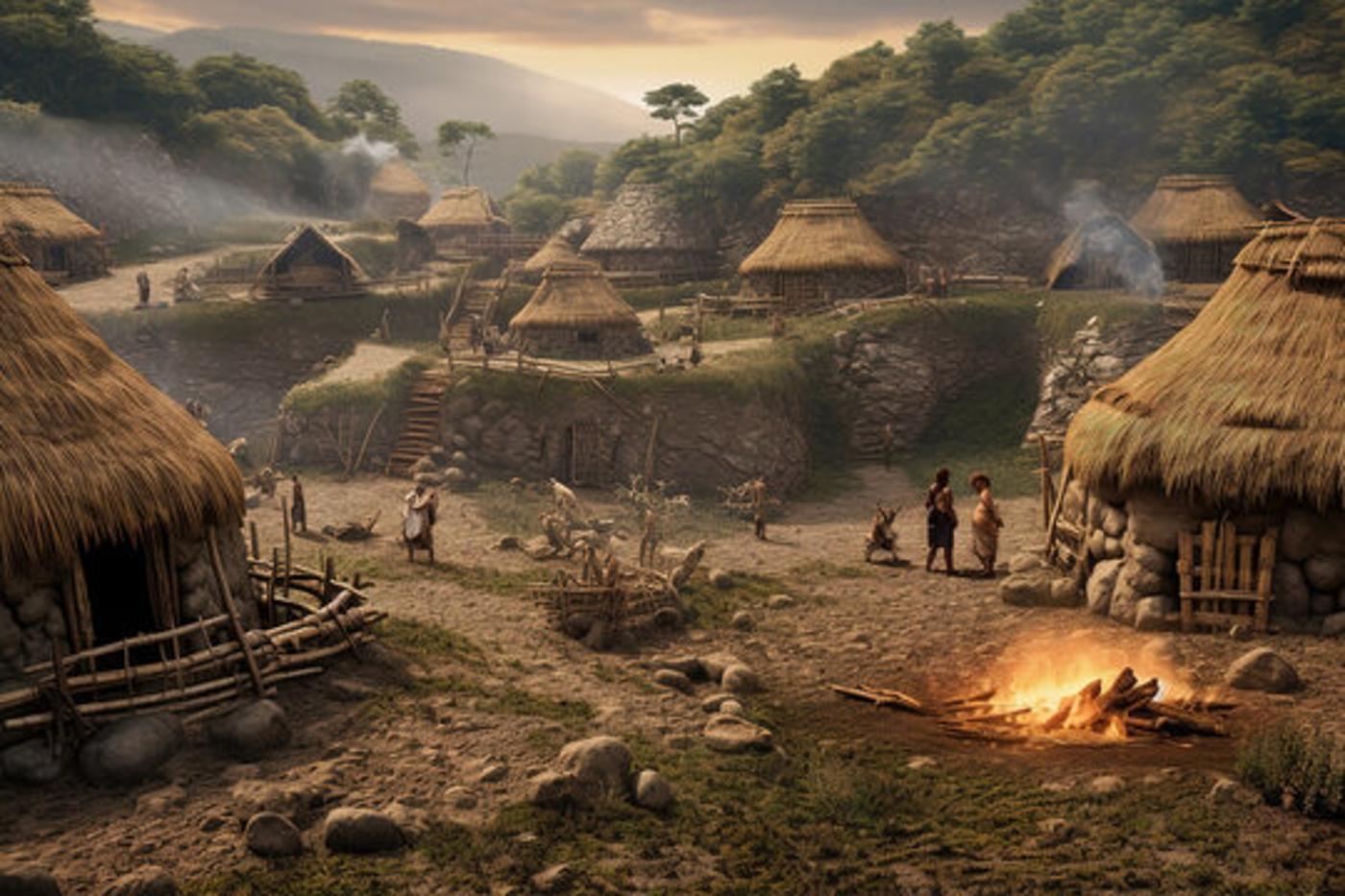
Because of the hot, windy, and arid conditions, very few pieces of evidence of human life can be found throughout the region. Those few pieces include the remnants of fences, funerary structures, and even habitations built out of volcanic stone.
Scientists assume that because these structures are quite similar to other Neolithic buildings found throughout Arabia, Syria, and Jordan, the people living in this desert were pastoral tribes, but that’s almost all they know. They call the structures in Harrat Khaybar, along with the others around the region, “The Works of the Old Men.”
Harrat Khaybar Is a Challenging Landscape
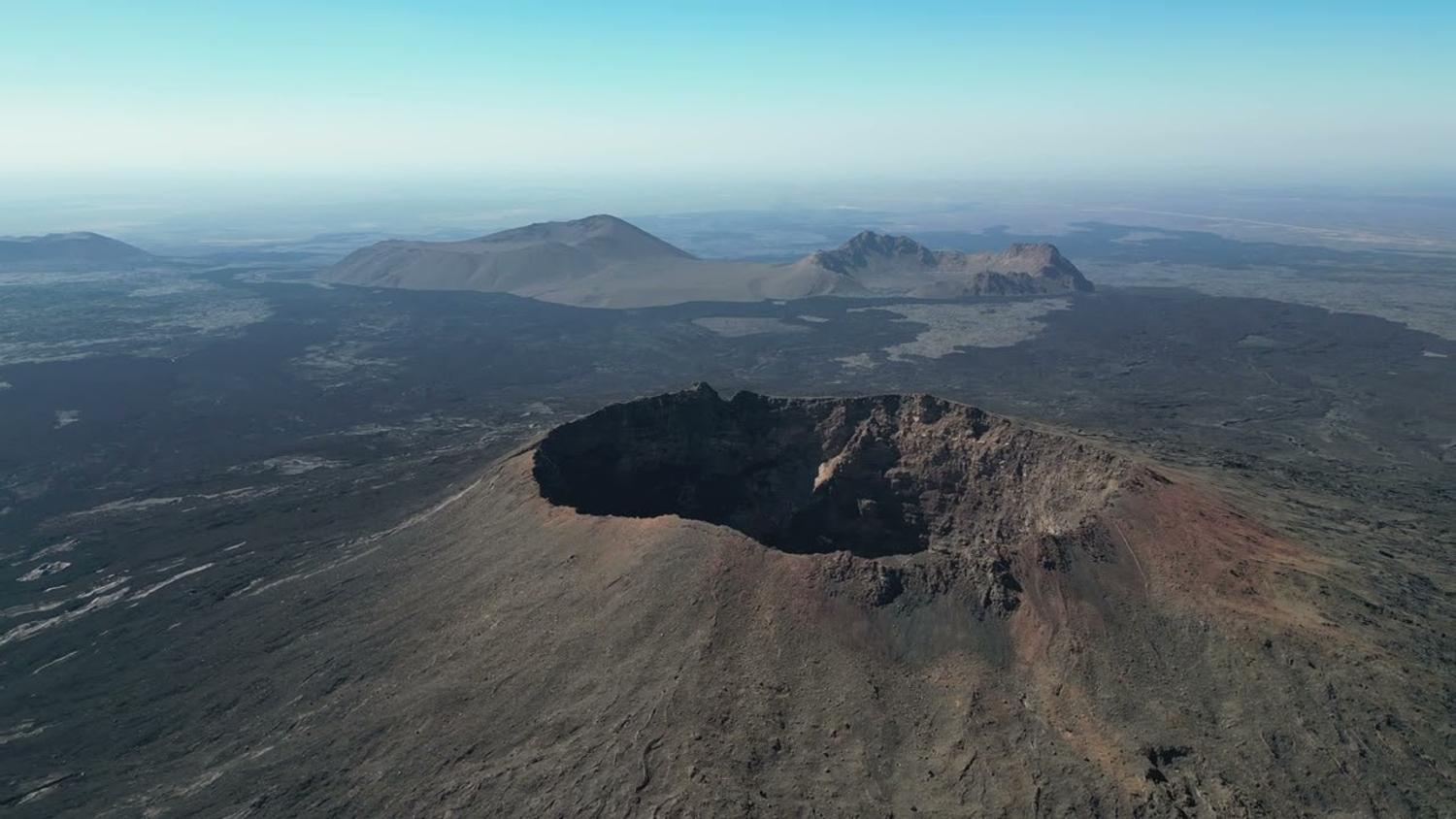
While researchers have always wondered about the people who called Harrat Khaybar home, one of the most prominent questions was how our ancient ancestors were able to survive in such harsh conditions.
Harrat Khaybar is one of the world’s largest volcanic fields, covering more than 4,600 square miles. Not only would residents have had to deal with a spontaneous volcanic eruption, but even when these lava-filled mountains were dormant, the desert was still aggressively windy and unbearably warm.
A Recent Study Has Answered Several Important Questions
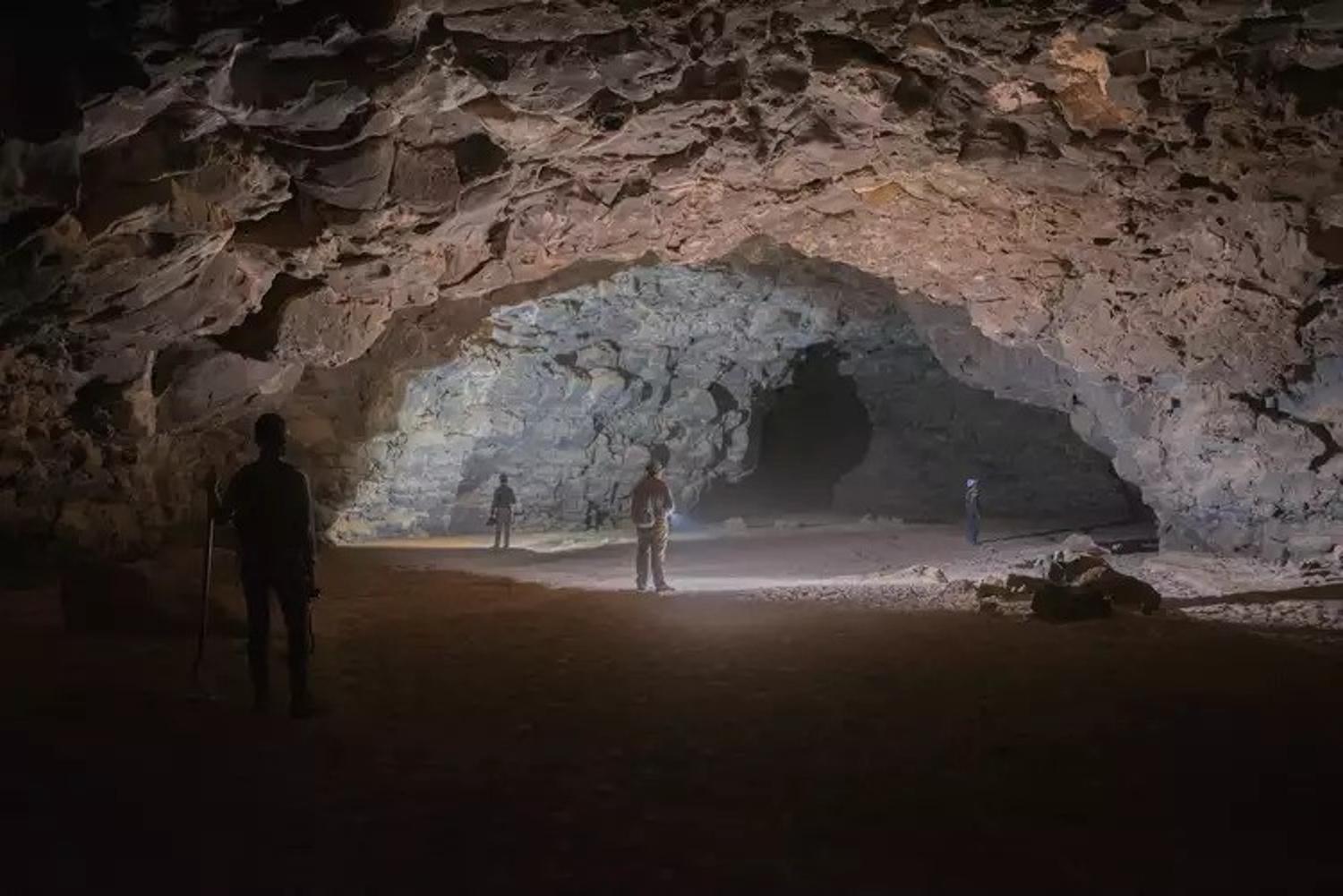
A paper published in PLoS One Journal in April 2024 has not only changed the way we see the lava tubes of Umm Jirsan but also answered many of these age-old questions surrounding the people who once lived in the Harrat Khaybar desert.
When investigating the tunnels, researchers found a plethora of evidence that showed humans’ ancient ancestors from the Neolithic and Bronze Ages, between 3,500 and 10,000 years ago, were unquestionably living in the lava tubes.
Human Bones, Animal Remains, and Stone Tools
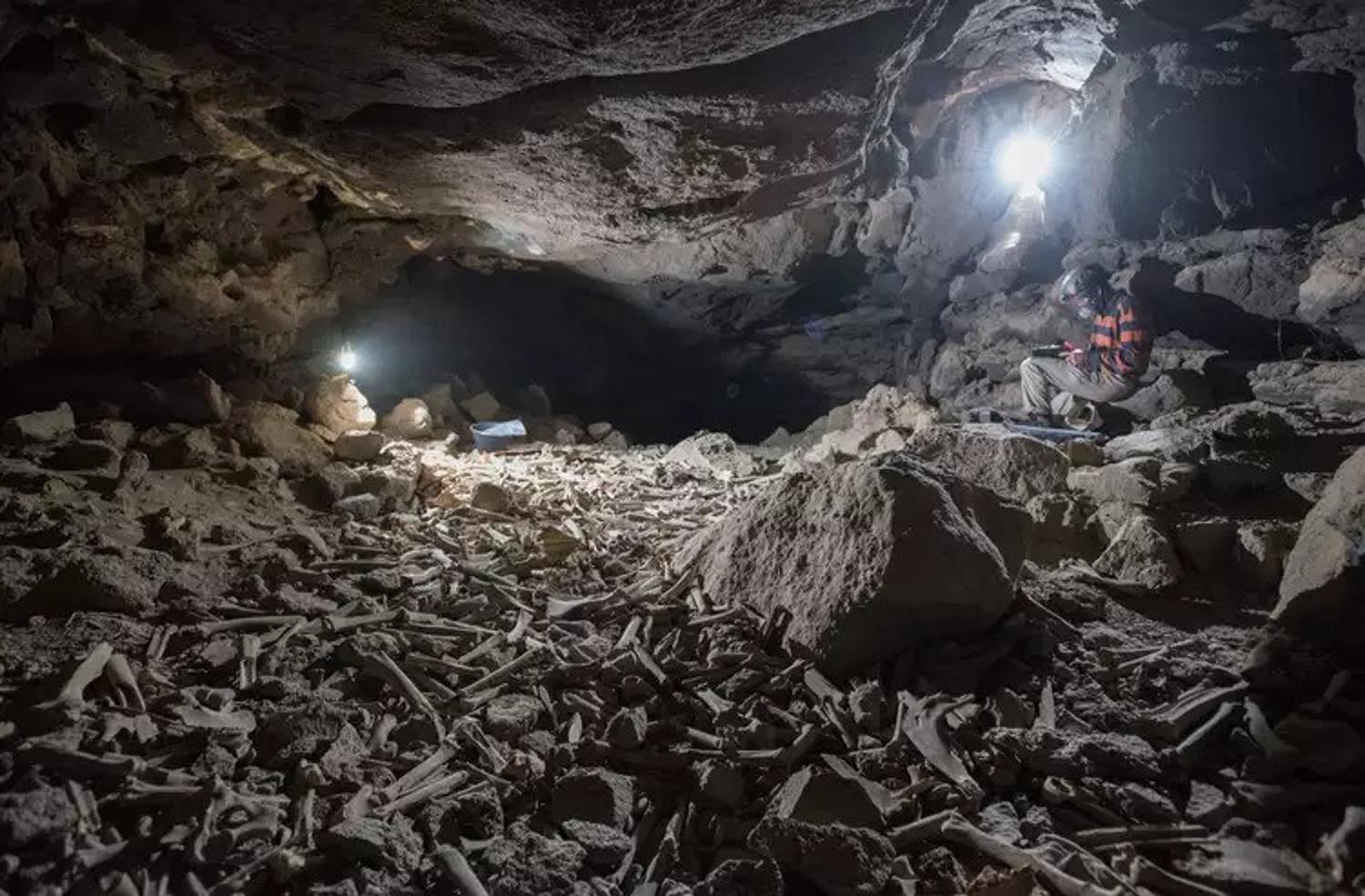
Within the 5,000 miles of tubes, researchers found an amazing number of human bones, animal remains, and even stone tools, common among those living in the Neolithic and Bronze Ages.
After an isotopic analysis, the scientists were able to determine that the animals ate wild grasses and shrubs, while the humans consumed a protein-rich diet, including foods like dates, figs, and wheat. They believe this information proves that the people living here did, in fact, live in pastoral tribes as previously assumed.
Art Rock That Proves These Ancient People Raised Livestock
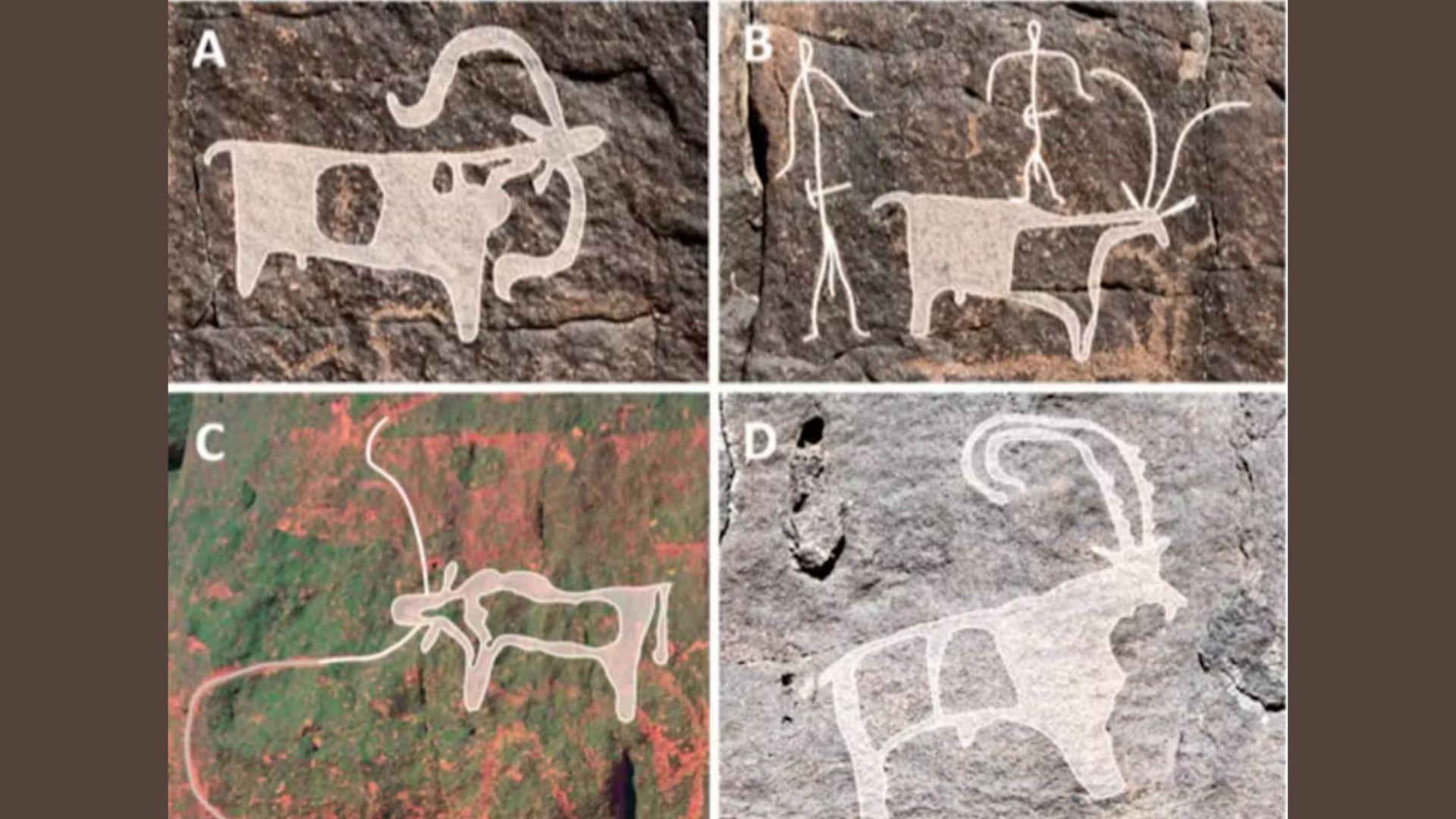
Additionally, they found rock art which features several animals, such as sheep, cattle, goats, and even dogs. Once again, this confirms that the ancient people of the lava tubes raised livestock.
The artwork, along with the remains of human life, tell researchers that the early inhabitants of the caves lived in a kind of oasis of agriculture, practicing farming on what many now consider to be arid and infertile lands.
The Lava Tunnels Were Likely Used as a Trade Route
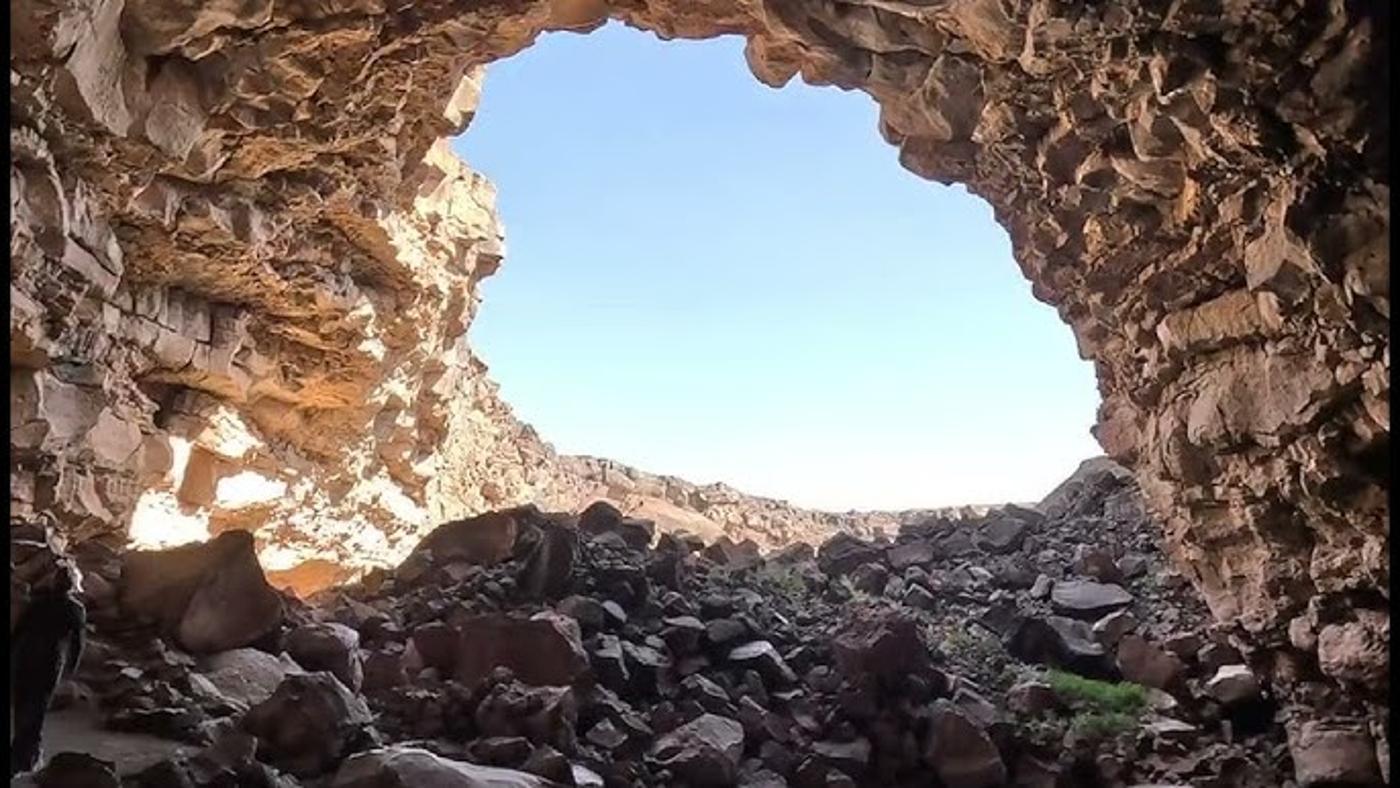
Those who spent years studying the findings within the Umm Jirsan lava tubes have also speculated that the underground canals were likely used as a kind of trade route.
The study’s lead author, Matthew Stewart, explained, “This site likely served as a crucial waypoint along pastoral routes, linking key oases and facilitating cultural exchange and trade.”
Some Questions Remain Unanswered

Of course, the researchers cannot answer absolutely all of their questions regarding the people of Harrat Khaybar just yet. For example, they still can’t say with 100% certainty why the ancient people moved down into the lava tunnels.
They also don’t know exactly how long they stayed below ground, how many people lived there, or even how they were able to farm and raise livestock deep underground.
The First Clear Evidence
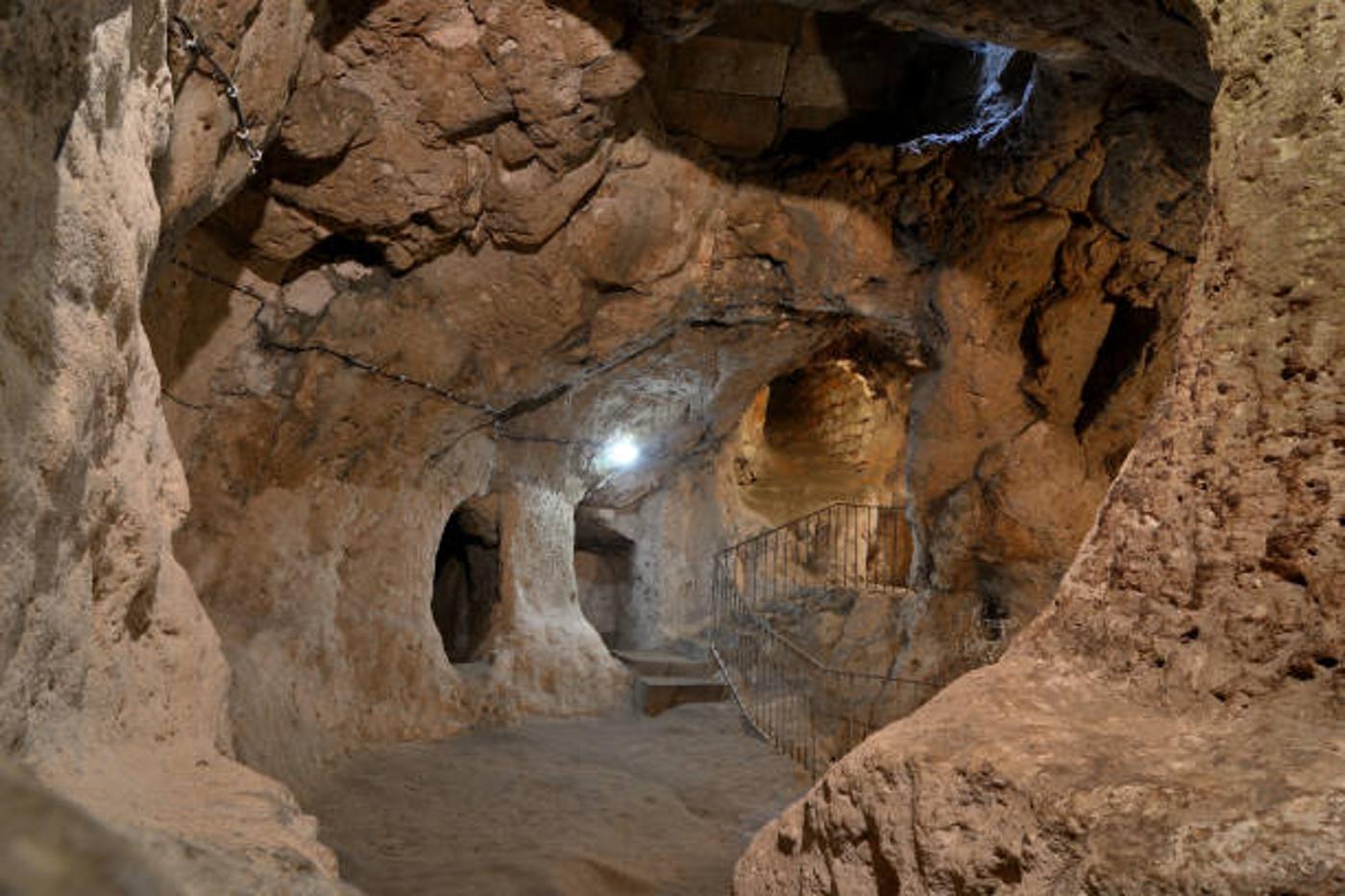
However, the study’s authors explained that while scientists have previously speculated that people may have lived below ground in the tunnels, “This is really the first clear evidence of people occupying these caves,” which makes it exceptionally exciting.
But the hope is that, with this information, researchers will eventually be able to fully understand the lives of our ancient ancestors throughout the historically rich region and answer absolutely all of their remaining questions.
These Findings Could Change the World’s Understanding of Ancient Human Behavior

As Mike Morley, a geoarchaeologist at Flinders University in Australia, explained, “These finds represent a treasure trove of archaeological information for Arabia, a massive region that has only recently been investigated systematically for prehistoric archaeology.”
Morley continued, “As a scientist who works primarily in caves, I am excited that we have another type of cave system being used by past human populations.”








































